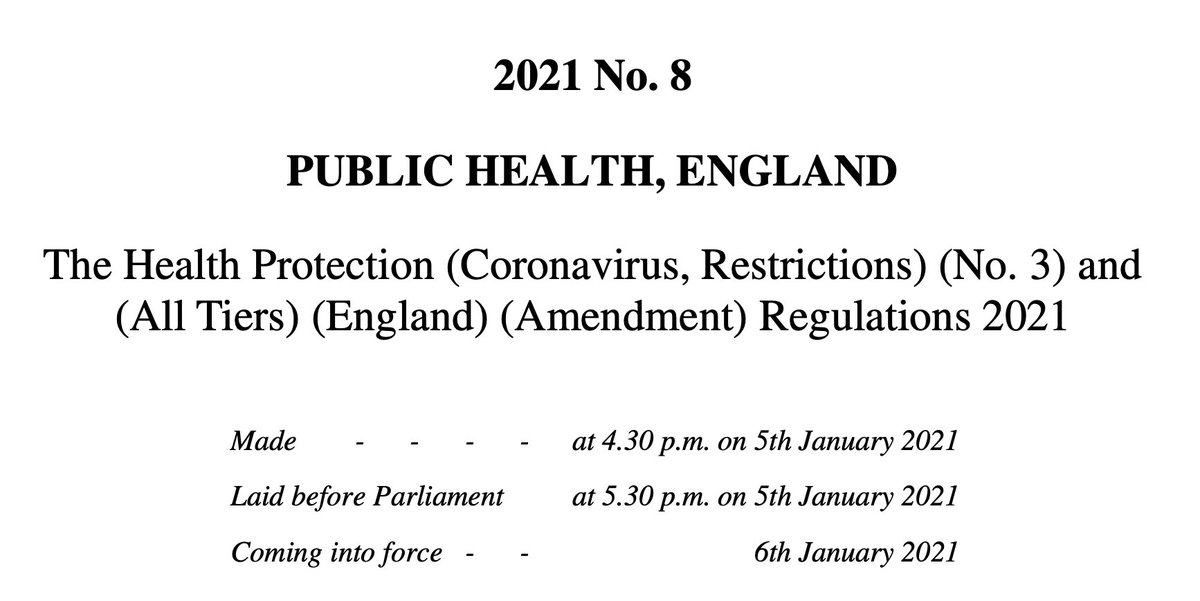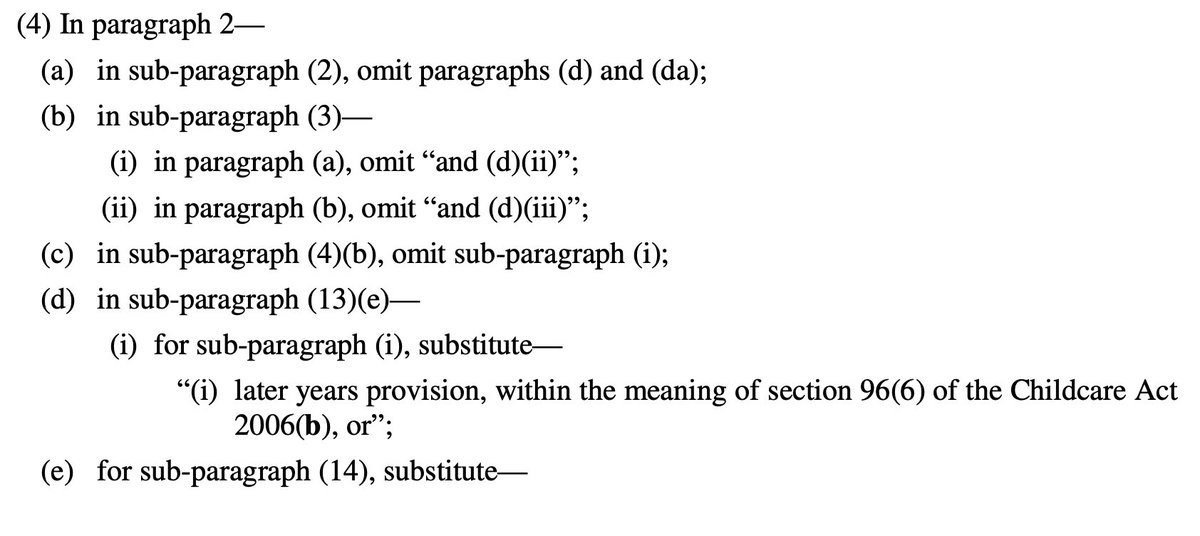Under normal circumstances, most NHS acute hospitals will have several types of inpatient areas
1. Assessment unit
2. Specialty wards
3. Intensive care
As well as outpatients, emergency department, day case surgery etc.
Patients admitted from A&E would go to 1, then move to 2. Some might go directly to 2, sickest ones to 3.
In many hospitals, the assessment unit is vital to flow of patients out of Emergency Department.
With COVID, several blocks have been introduced. Firstly patients have to be treated as "hot" in 2m apart bed spaces until their test results are back. This reduces an average six bedded bay to four.
There are rapid tests that turn around in around an hour or two, but their availability is limited. PCR still takes up to 24 hours to get back (often quicker), and lateral flow in the population admitted to hospital isn't sensitive enough to pick up silent cases.
On top of which, specialty ward bed availability are limited. Because staff are coming down with COVID, and outbreaks on non-covid areas forces their closure to admissions.
As a result, there is then a backlog on the assessment unit, then A&E.
What's often not mentioned and doesn't immediately become clear when you look at the stats is the number of beds becoming covid positive.
We have taken over wards normally occupied by gynaecology, paediatrics, orthopaedics. This is completely unprecedented.
To give you some idea, on boxing day, we had two COVID positive wards. We are now up to six.
ICU has increased in size out of their base, to take on another entire ward.
Of the non-covid wards, these are now general, a mix of medicine and surgery.
Staff have been redeployed. Community doctors are now back in hospital, specialist nurses are working on general wards, and nurses usually seeing more specialised problems are now dealing with COVID instead.
Elective operations, except for cancer surgery, have been cancelled.
People often say "oh but the corridors are empty" well firstly, we are doing our darnedest to avoid this. Especially because of infection control measures, having COVID positive patients waiting on trollies infecting passing folk is not good.
Secondly, instead they're waiting in ambulances, with crews in a small space. This exposes them to additional risk, is suboptimal for care, and takes an emergency ambulance off the road.
Some hospitals are now considering setting up tents outside A&E.
I don't know how else to explain this. I have nothing to gain from lying about this.
We are all exhausted, we will keep going as long as we can, as long as we can help. We only ask you to stay at home, wear a mask in crowded places, isolate if you're sick.
Thank you.

